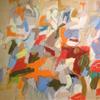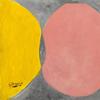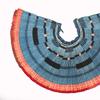From Part of Her Pink Granite Sarcophagus to a Pair of Everyday Sandals, Get a Glimpse of Queen Nefertari's Egypt
- October 17, 2021 17:00
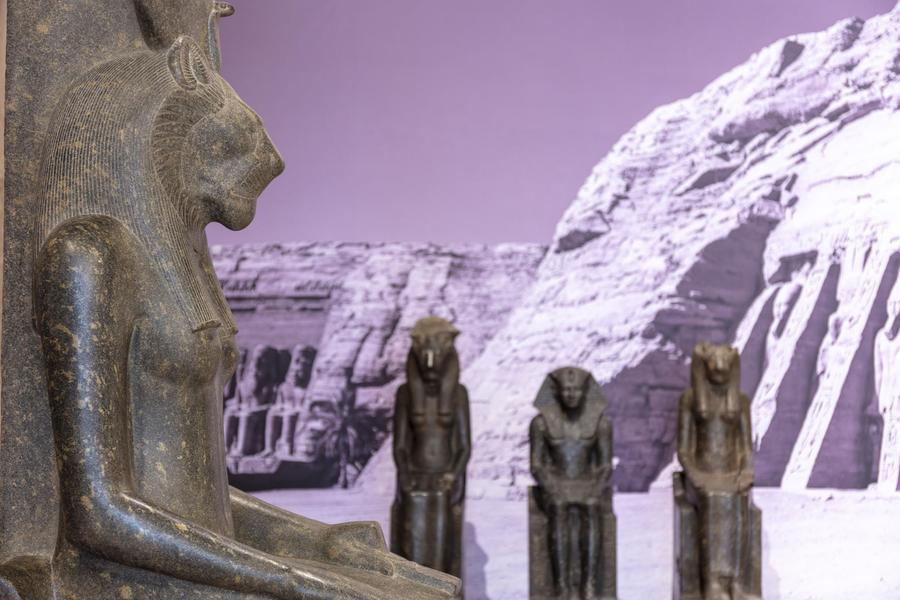
An exhibition now in Oregon explores the world of Queen Nefertari, the Great Royal Wife of Pharaoh Ramesses II. Drawn from the world-renowned Museo Egizio in Turin, Italy, Queen Nefertari’s Egypt immerses visitors in the magnificent palaces and tombs of ancient Egypt, including Queen Nefertari’s burial chamber. The exhibition celebrates the role of women—goddesses, queens, and commoners—and offers glimpses into both royal life and the everyday life of artisans through more than 220 works of art. Queen Nefertari’s Egypt opened October 16, 2021, at the Portland Art Museum and will remain on view through January 16, 2022.
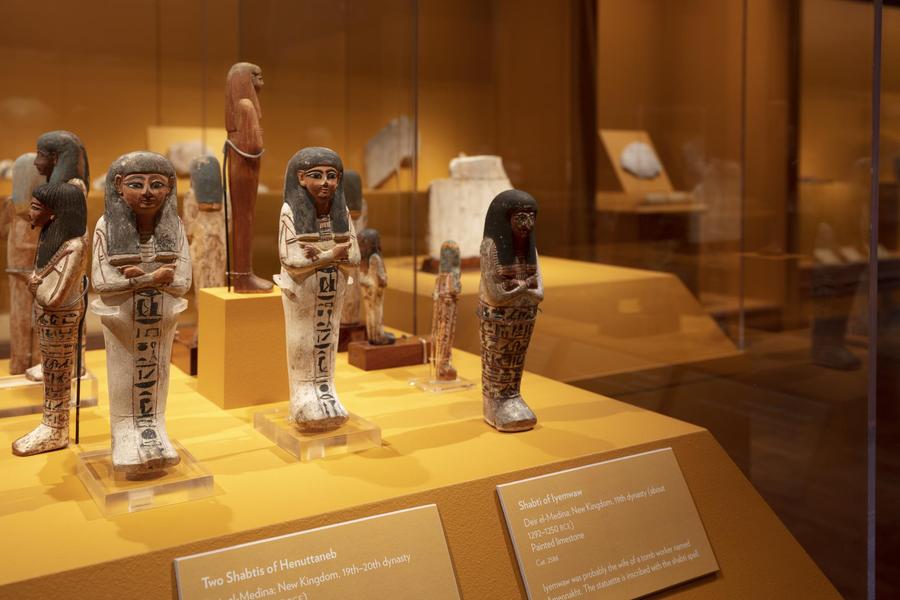
One of the most celebrated queens of ancient Egypt, Queen Nefertari was the favored wife of Ramesses II, who called her “The One for Whom the Sun Shines.” A colossal temple was built in her honor at Abu Simbel, and her tomb in the Valley of the Queens, re-discovered by Italian archaeologist Ernesto Schiaparelli in 1904, is known for its vivid artistry. Sometimes called “the Sistine Chapel of Egypt,” Nefertari’s tomb is the most richly decorated in the Valley of the Queens, with brilliantly painted scenes featuring gods and winged goddesses, animals, insects, and hieroglyphs illustrating the intricate process of passing through the underworld to eternal life.
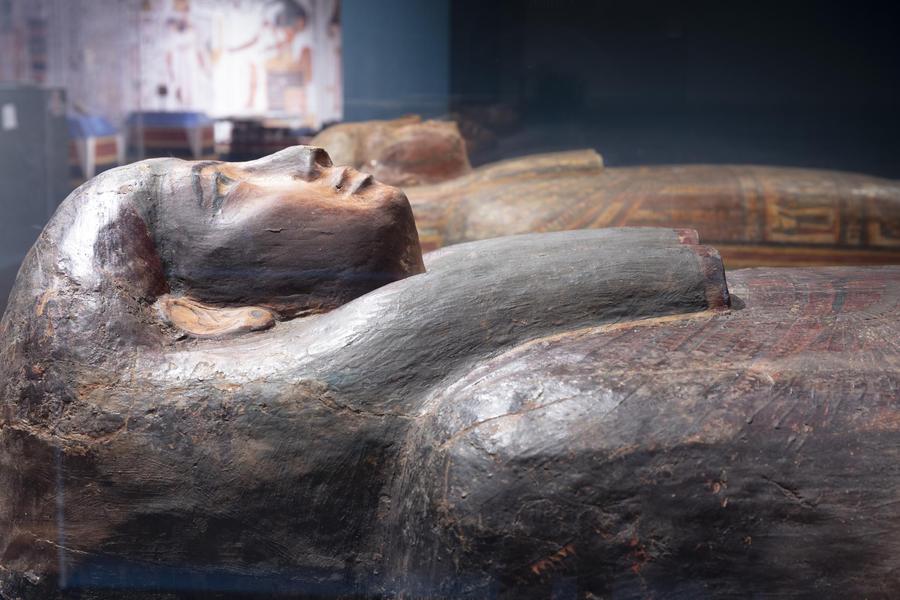
Visitors to Queen Nefertari’s Egypt will view personal objects from Nefertari’s tomb plus an array of objects from royal and day-to-day life in Egypt during the 19th Dynasty of the New Kingdom (1292 – 1189 BCE) — majestic sculptures, intricately painted sarcophagi, jewelry, and perfume and cosmetics jars. The exhibition includes fragments of Nefertari’s massive pink granite sarcophagus lid, wooden shabtis (small figures who could perform manual labor in the afterlife), a beautiful gold and faience amulet in the shape of a djed-pillar (a symbol of stability) and a pair of woven palm-leaf sandals—U.S. women’s size 9.
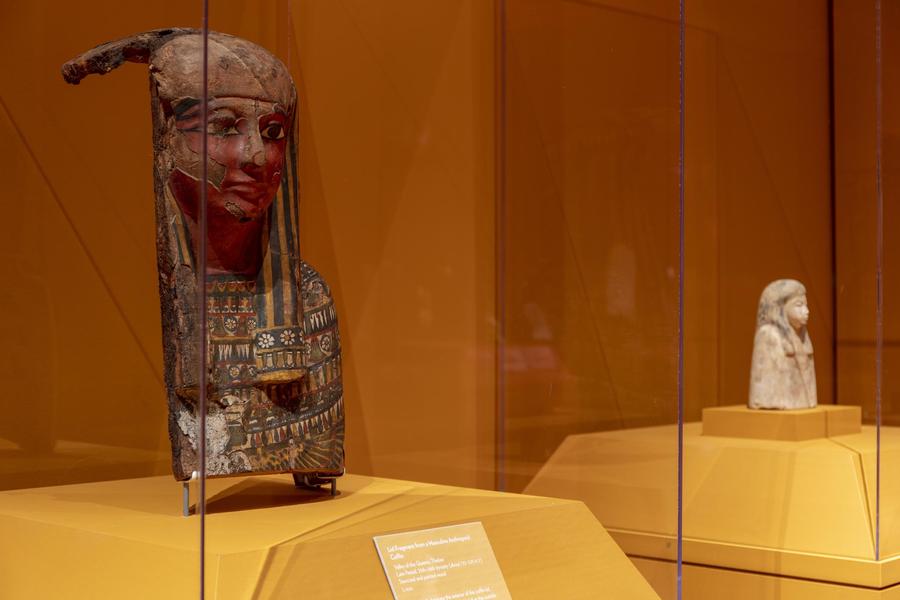
Archaeological records show that Nefertari was highly regarded and educated. Unlike other women of her status, she could read and write hieroglyphs, and using these skills, she aided the pharaoh in his diplomatic work. While ancient Egyptian society was rigidly stratified by class, women were active participants in all spheres, from the fields and the courtroom to temples and palaces. Queen Nefertari’s Egypt explores women’s roles in religion, life in the women’s royal household, and their beauty and adornment rituals. Musical instruments, bronze mirrors, boxes and jars for cosmetic powders and ointments and precious jewelry offer a glimpse of women’s life and notions of beautification.
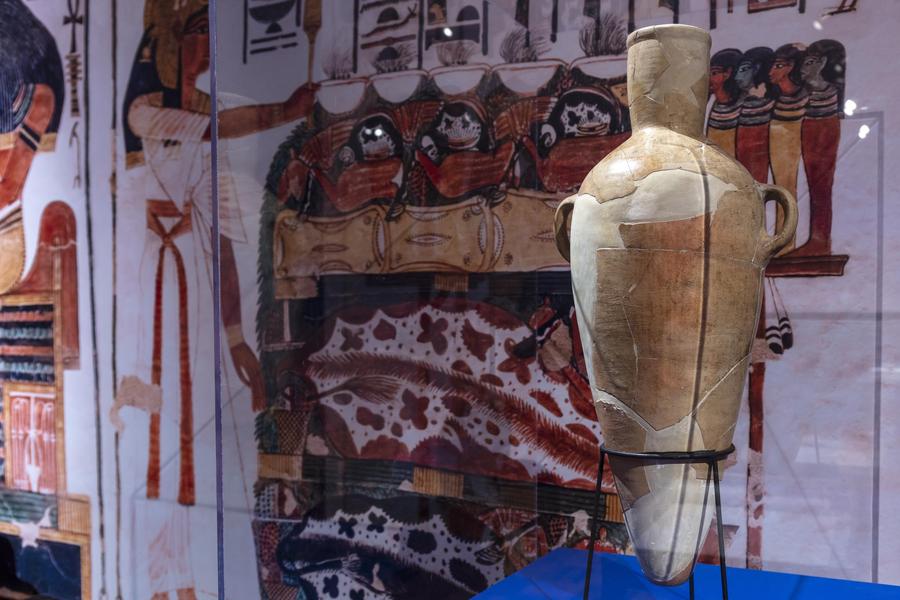
Visitors also will discover the village Deir el-Medina, where artisans lived and worked, creating elaborate tombs and necessary materials for the afterlife. Queen Nefertari’s Egypt includes household items, tools such as brushes and draftsmen’s sticks, pickaxes and chisels, ostraca (limestone or pottery sketchpads of ancient Egyptian scribes and artists) and funerary votive statues that provide a sense of the way people lived, worked and practiced religion more than 3,000 years ago.
“Art has a power to connect us to and deepen our understanding of the lives of others, across time and place,” said Brian Ferriso, Director and Chief Curator of the Portland Art Museum. “We are thrilled to bring to Portland this incredible glimpse into the lives of ancient Egyptians through the exquisite artistry in this exhibition.”
Queen Nefertari’s Egypt is accompanied by an exhibition catalogue available in the Museum Store. Related programs will provide additional context for the exhibition, including a lecture on October 28, titled “When Women Ruled the World,” in which Dr. Kara Cooney, professor of Egyptian Art and Architecture at UCLA, will offer perspective on the root causes of social inequalities that compromised women’s power in the ancient world.









